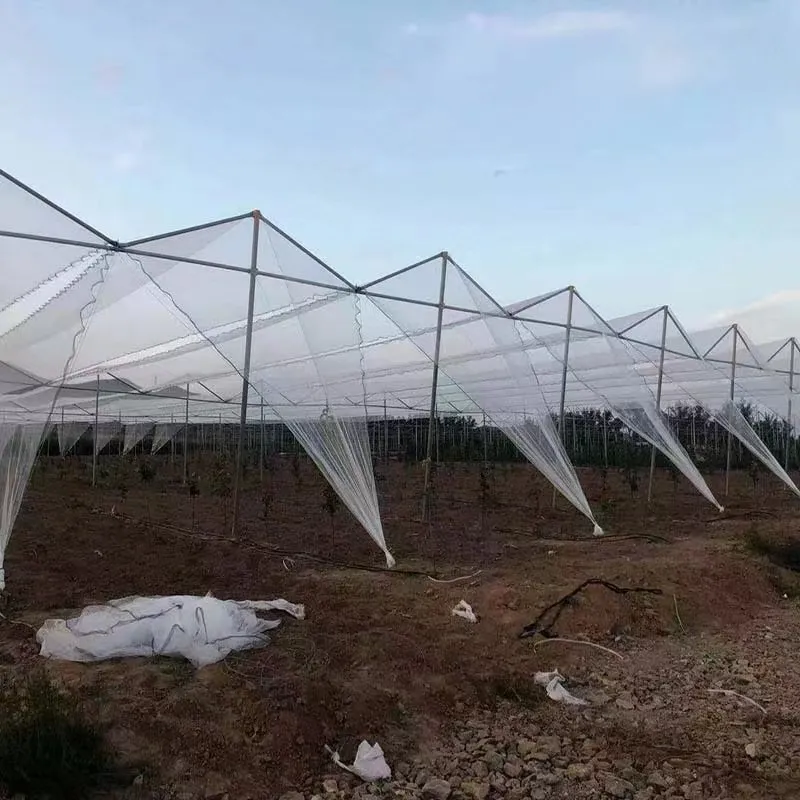-
 Afrikaans
Afrikaans -
 Albanian
Albanian -
 Amharic
Amharic -
 Arabic
Arabic -
 Armenian
Armenian -
 Azerbaijani
Azerbaijani -
 Basque
Basque -
 Belarusian
Belarusian -
 Bengali
Bengali -
 Bosnian
Bosnian -
 Bulgarian
Bulgarian -
 Catalan
Catalan -
 Cebuano
Cebuano -
 China
China -
 Corsican
Corsican -
 Croatian
Croatian -
 Czech
Czech -
 Danish
Danish -
 Dutch
Dutch -
 English
English -
 Esperanto
Esperanto -
 Estonian
Estonian -
 Finnish
Finnish -
 French
French -
 Frisian
Frisian -
 Galician
Galician -
 Georgian
Georgian -
 German
German -
 Greek
Greek -
 Gujarati
Gujarati -
 Haitian Creole
Haitian Creole -
 hausa
hausa -
 hawaiian
hawaiian -
 Hebrew
Hebrew -
 Hindi
Hindi -
 Miao
Miao -
 Hungarian
Hungarian -
 Icelandic
Icelandic -
 igbo
igbo -
 Indonesian
Indonesian -
 irish
irish -
 Italian
Italian -
 Japanese
Japanese -
 Javanese
Javanese -
 Kannada
Kannada -
 kazakh
kazakh -
 Khmer
Khmer -
 Rwandese
Rwandese -
 Korean
Korean -
 Kurdish
Kurdish -
 Kyrgyz
Kyrgyz -
 Lao
Lao -
 Latin
Latin -
 Latvian
Latvian -
 Lithuanian
Lithuanian -
 Luxembourgish
Luxembourgish -
 Macedonian
Macedonian -
 Malgashi
Malgashi -
 Malay
Malay -
 Malayalam
Malayalam -
 Maltese
Maltese -
 Maori
Maori -
 Marathi
Marathi -
 Mongolian
Mongolian -
 Myanmar
Myanmar -
 Nepali
Nepali -
 Norwegian
Norwegian -
 Norwegian
Norwegian -
 Occitan
Occitan -
 Pashto
Pashto -
 Persian
Persian -
 Polish
Polish -
 Portuguese
Portuguese -
 Punjabi
Punjabi -
 Romanian
Romanian -
 Russian
Russian -
 Samoan
Samoan -
 Scottish Gaelic
Scottish Gaelic -
 Serbian
Serbian -
 Sesotho
Sesotho -
 Shona
Shona -
 Sindhi
Sindhi -
 Sinhala
Sinhala -
 Slovak
Slovak -
 Slovenian
Slovenian -
 Somali
Somali -
 Spanish
Spanish -
 Sundanese
Sundanese -
 Swahili
Swahili -
 Swedish
Swedish -
 Tagalog
Tagalog -
 Tajik
Tajik -
 Tamil
Tamil -
 Tatar
Tatar -
 Telugu
Telugu -
 Thai
Thai -
 Turkish
Turkish -
 Turkmen
Turkmen -
 Ukrainian
Ukrainian -
 Urdu
Urdu -
 Uighur
Uighur -
 Uzbek
Uzbek -
 Vietnamese
Vietnamese -
 Welsh
Welsh -
 Bantu
Bantu -
 Yiddish
Yiddish -
 Yoruba
Yoruba -
 Zulu
Zulu
Feb . 11, 2025 15:59
Back to list
anti dust net
The world is rapidly waking up to environmental concerns, and as industries grow, so do the challenges related to pollution control. Among various solutions that cater to the needs of businesses focused on sustainability and efficiency, anti-dust nets emerge as a silent guardian. Their presence is paramount in minimizing dust pollution while promoting environmental harmony. Let's delve into the unique facets of these products and explore why they stand as irreplaceable assets in dust-prone operations.
From a regulatory standpoint, anti-dust nets enable companies to comply with environmental policies designed to curb air pollution. Their deployment supports adherence to industry standards and avoids potential legal ramifications arising from non-compliance. Embracing such preventive measures underscores a company’s trustworthiness and dedication to environmental ethics, boosting its reputation among stakeholders and consumers alike. Additionally, anti-dust nets reflect a company's commitment to innovation and efficiency. Businesses utilizing these nets for storage facilities observe a remarkable reduction in maintenance costs, as the nets curtail dust accumulation on equipment and inventory. This practical experience reinforces the economic viability and long-term cost-effectiveness of investing in anti-dust solutions. The authoritative success of anti-dust nets can be attributed to their adaptability and high-impact functionality. They embody an organization’s narrative of sustainability, bridging the gap between industrial productivity and environmental preservation. Integrating anti-dust nets within operational frameworks exemplifies strategic foresight and aligns with global trends towards sustainable industry practices. In conclusion, anti-dust nets are not just protective barriers; they are sophisticated products ingrained with environmental responsibility, economic sense, and operational expertise. The unique offering of these nets is clear — they allow industries to balance productivity with sustainability, illustrating a trusted path towards a cleaner, greener future. As businesses increasingly prioritize eco-friendly practices, anti-dust nets prove to be an essential component, underscoring their indispensability in modern industrial ventures.


From a regulatory standpoint, anti-dust nets enable companies to comply with environmental policies designed to curb air pollution. Their deployment supports adherence to industry standards and avoids potential legal ramifications arising from non-compliance. Embracing such preventive measures underscores a company’s trustworthiness and dedication to environmental ethics, boosting its reputation among stakeholders and consumers alike. Additionally, anti-dust nets reflect a company's commitment to innovation and efficiency. Businesses utilizing these nets for storage facilities observe a remarkable reduction in maintenance costs, as the nets curtail dust accumulation on equipment and inventory. This practical experience reinforces the economic viability and long-term cost-effectiveness of investing in anti-dust solutions. The authoritative success of anti-dust nets can be attributed to their adaptability and high-impact functionality. They embody an organization’s narrative of sustainability, bridging the gap between industrial productivity and environmental preservation. Integrating anti-dust nets within operational frameworks exemplifies strategic foresight and aligns with global trends towards sustainable industry practices. In conclusion, anti-dust nets are not just protective barriers; they are sophisticated products ingrained with environmental responsibility, economic sense, and operational expertise. The unique offering of these nets is clear — they allow industries to balance productivity with sustainability, illustrating a trusted path towards a cleaner, greener future. As businesses increasingly prioritize eco-friendly practices, anti-dust nets prove to be an essential component, underscoring their indispensability in modern industrial ventures.
Next:
Latest news
-
Shipping Plastic Bags for Every NeedNewsJul.24,2025
-
Safety Netting: Your Shield in ConstructionNewsJul.24,2025
-
Plastic Mesh Netting for Everyday UseNewsJul.24,2025
-
Nylon Netting for Every UseNewsJul.24,2025
-
Mesh Breeder Box for Fish TanksNewsJul.24,2025
-
Expanded Steel Mesh Offers Durable VersatilityNewsJul.24,2025











